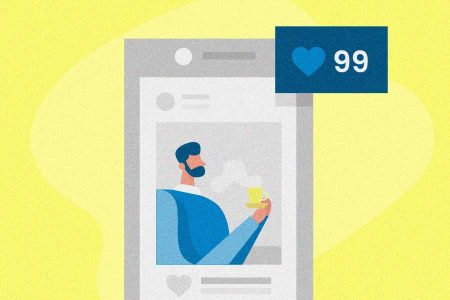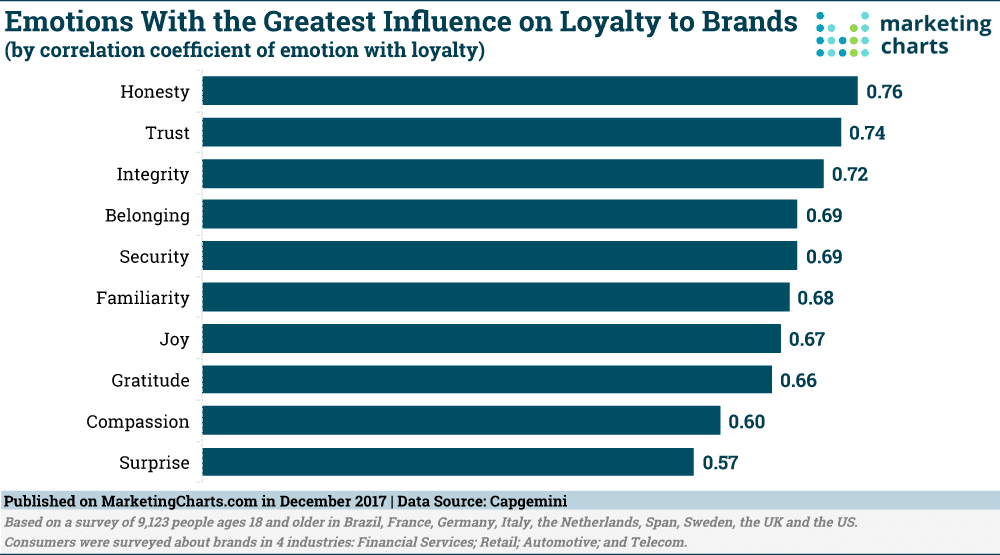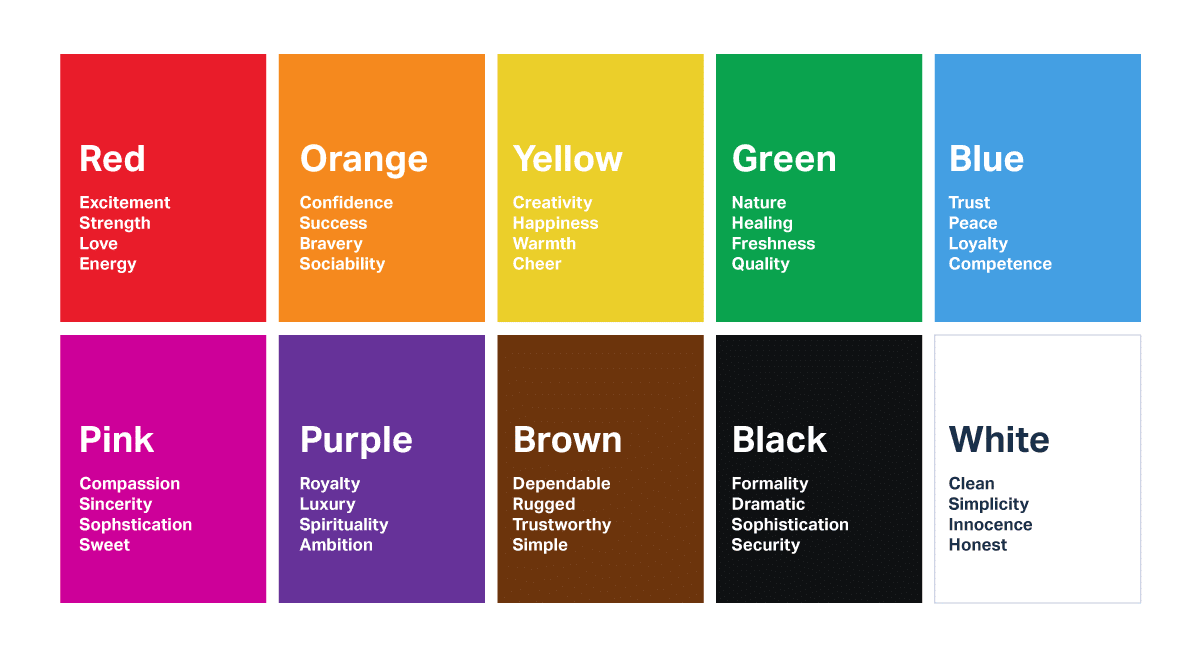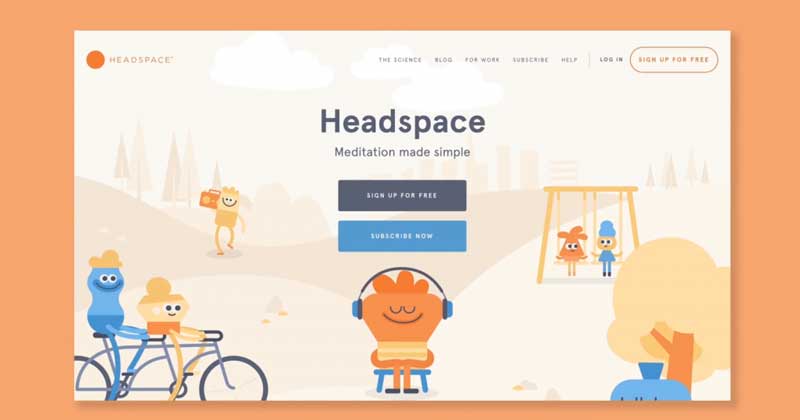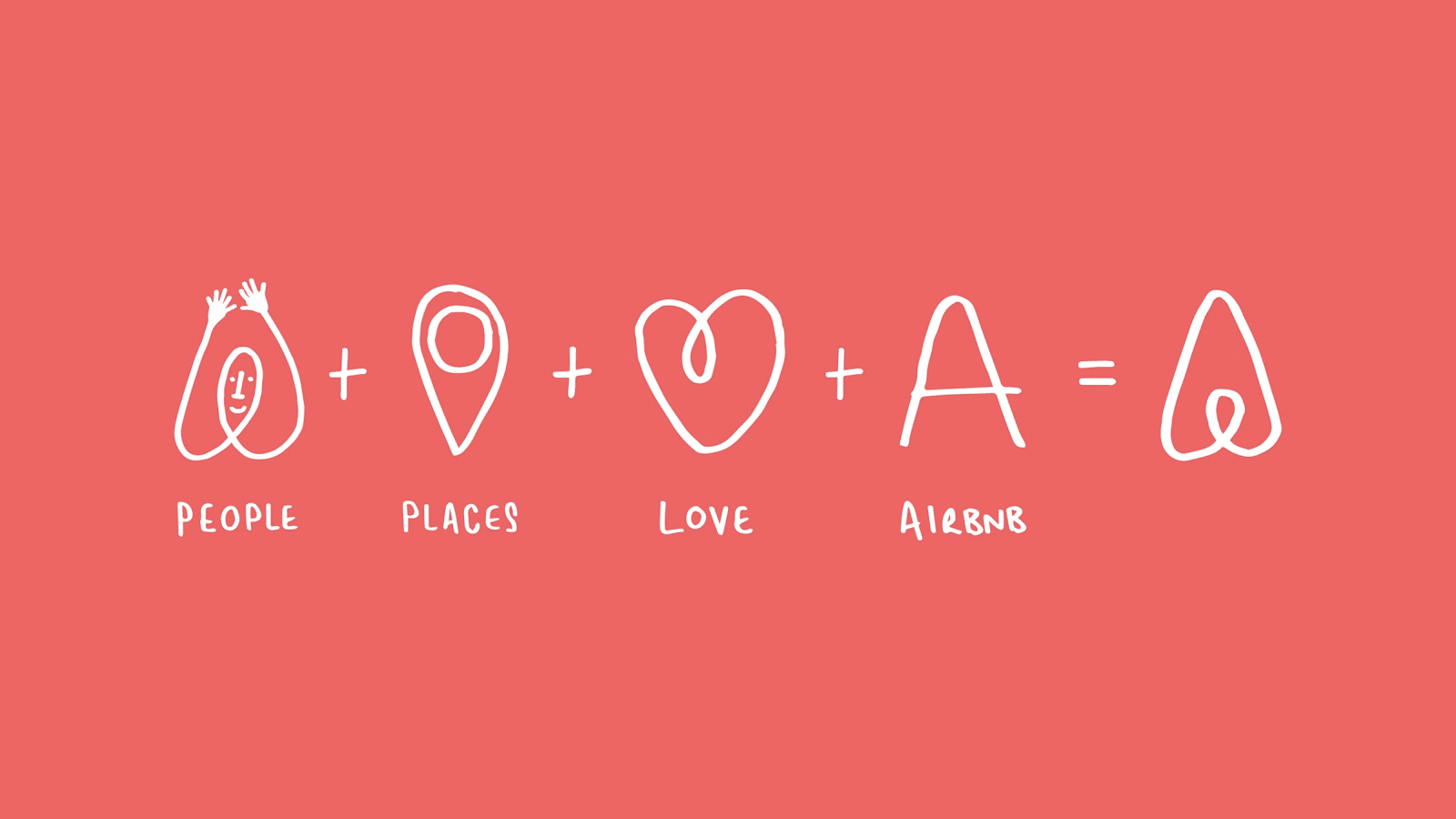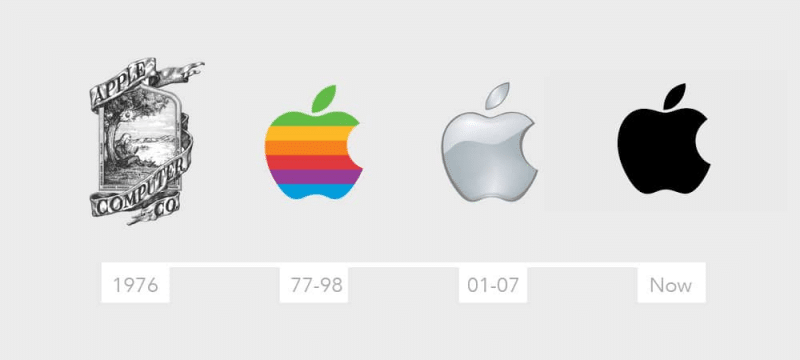Identity is something important to every individual. Often described as your self-image, it’s how you see yourself in comparison to others. Brand identity is no different – it represents what your business stands for and what sets you apart in the industry.
The following article digs deeper into brand identity, why it’s essential to doing business, and how to design (or redesign) the best identity for your brand.
What is brand identity?
Brand identity is essentially the visual presentation of your brand. It can include color palettes, logos, typography, imagery, and any other elements created to distinguish your brand in the customer’s eye. The general rule is if you can see it, it’s part of brand identity.
Note that brand identities are designed by the brand owners themselves. Based on how they want to be perceived by customers, an identity is created to communicate the brand’s personality and proposed values. If the brand were a person, the brand identity would be its face, voice, outfit, and hairstyle.
Brand identities do more than just add aesthetic appeal. While visuals are proven to increase brand awareness by 40%, revealing “who” the brand really is also effectively drives customer engagement and loyalty. A brand identity tells others what they can expect from your business, as well as what sets you apart from the competition.
Determining the difference between a brand and its identity
If brand identity is how a business presents itself, a brand is how others actually perceive that business.
On one hand, brand identities are the tangible result of an organization’s efforts. Made up of strategically designed elements – logos, websites, imagery, and the like – brand identity encompasses all the touchpoints a business uses to communicate with consumers.
A brand, or brand image, however, is the intangible result of these efforts. It’s the feelings, thoughts, and overall impression that others have about your business. Do they feel good using your products? Are they happy with your services? In other words, it’s your brand’s reputation.
How the identity of a brand differs from branding
To create a brand identity, you have to go through a branding process. Coming up with a business name, selecting a color scheme, developing a web design – these are all part of branding.
Even after the brand identity is completely designed, branding is still an ongoing process. It may include other components, like building brand equity or fostering an online community. While not every effort requires the full branding treatment, it’s still an essential process for every modern business. Thus, brand identity development is just one part of an ideal brand strategy template.
Why your business needs an identity

Although it may seem quicker to just skip over brand identity and go straight to sales, it may not serve the business’ best interest in the long run. Think of the products or services you enjoy using – ones that you go out of your way to purchase. Odds are, most of these have a strong brand identity (Yes, even affordable store labels have a brand identity.)
A brand identity can make your business instantly recognizable and, if done well, can be enough to draw customers to you on its own. Below are a few more benefits that having a brand identity can bring to your business:
Represents your brand
Rather than constantly telling consumers why they should buy your products or avail of your services, it’s often easier to just show them. Image, type, and color choices all become part of an iconic brand identity. Whether it’s a bright punchy yellow or a slim elegant font, each element works together to represent your brand and create the image of an established business.
Places a premium on your brand
Strip a product of all logos and packaging, and it seems to lose a bit of its appeal. This is because a brand identity offers something more than just products or services — it adds value. In fact, studies show that customers who feel a personal brand connection tend to be less price-sensitive. By putting the extra time and thought into crafting a brand identity, it indicates you not only care about your business, but about your customers, as well.
Differentiates your brand from competitors
There’s only so much a business can do to stand out in a crowded market – and developing a strong brand identity is one of the most recommended. With the right combination of elements, say a pop of pink or a well-written tagline, a brand can better create an identity that’s recognizable and distinct from all the rest.
Fosters customer trust and loyalty
Which would be most likely to build trust with its customers – a branded or unbranded business? Brands with their own identity are more able to foster familiarity and trust, which is a high consideration for most consumers. In a recent survey, 68% of respondents revealed they will buy, remain loyal to, advocate for, and defend a brand that earns their full trust.
Furthermore, when coupled with a high quality product or service, a trusted brand is likely to be recommended to others or remembered the next time a customer goes shopping.
How to create an identity for your brand
Now that you know the benefits of having a brand identity, it’s time to create one for your business. We put together the three main steps to help you get started:
Understand your brand and purpose
Start designing your brand identity by first knowing what your business stands for (values), what it sets out to do (mission), and what it hopes to achieve (vision). It’s this type of awareness that will enable you to create a brand identity that’s authentic and resonates with your customers.
For example: An environmentally friendly brand should consider a “fresh” look for their identity, using natural elements (i.e., plants, planet, color green)
Things to know:
- Why did you start your business?
- What problem do you solve?
- What does your business have or do that others don’t?
- If your business were a person (or place or thing), who would it be?
- What are three words that best describe your business.
- How would you want others to describe your business?
Understand your target market
The main purpose of building a brand identity – and a business, in general — is to serve your customers. To do this, it’s essential to know exactly who you are trying to reach. The more specific, the better. Only then can you design a brand identity that speaks directly to your target market.
For example: Don’t just target women, ages 25-35, but women in that age range who are married, who are in a mid-to-high income bracket, and who engage in an sports or fitness activities
Things to know:
- Who is your primary target market? Your secondary market?
- What do they do for work? For fun?
- What other items do they buy, and why do they buy them?
- What things are important to them?
- What needs and challenges do they have?
Research your competition
Take a look at the other businesses in your industry. Do they tend toward the same look? Are they using the same voice? A quick way to set yourself apart from others in the same space is to list all the things that make you unique, and then use this to underscore your brand identity in the minds of consumers.
For example: If you sell furniture, you may notice most competitors using lifestyle photography to showcase their pieces. As a way to stand out, why not try a more playful approach that places fun vector shapes or drawings in your images?
Things to know:
- Who are your biggest direct competitors?
- What are their brand identities?
- How do their offerings differ from yours?
- What are the reasons people buy from them?
- What are their perceived values, and how does it differ from yours?
* To do a full competitor analysis, click here for more information.
You may also consider pumping up your online presence, to get you ahead of competition. If your business aligns, you may even consider hiring Flutter developers to create dive into cross-platform app development to build your authority amongst competition.
Parts of your brand’s identity
Equally important to having a recognizable brand identity is to have a cohesive one. Rarely will the different parts of your brand identity work in isolation – copy is written in a specific typeface, products are shot in a certain light, etc. Instead of a single element, a brand identity is the sum of its parts.
Logo
A logo is the focal point of your brand identity. It sets the stage for all other brand elements, and is typically the first point of contact a customer has with your business.
Will you use an image? A typeface? Both? It may take some time to design a logo that embodies your brand, but once you do, it can make the biggest impact to your business success.
Color palette
It only takes a quick glance to catch a particular color, which is likely why the single visual element already increases brand recognition by 80%. In fact, research shows that people
subconsciously judge products within the first 90 seconds of viewing, and 62–90% of these judgments are based on color alone.
The study of color psychology claims that color elicits an emotional response. Certain hues have been known to influence mood and behavior, and businesses have long been using color as an effective non-verbal communication tool.
Choose one or two main colors that best reflect your brand and personality. Then, add softer shades or tones to complement – not compete with – the overall palette. (Click here to see what some of the most recognizable brands are using.)
Typography
When writing the standard everyday document, it’s just easy to stick with the default font. When designing a brand identity, however, it’s important to choose wisely.
There are so many amazing font foundries out there, some of which are even free. Look for the types that best suit your brand and can be read easily online and in print. And as much as possible, try to stick to two or three font families, at most.
Image style
Images included all photos and graphics, as well as any icons, videos, or elements frequently found alongside your brand. Image style generally takes its visual cue from the logo, or at least uses the same guidelines to complement the logo. Once you decide on a certain image style, it’s best to keep it consistent throughout your brand.
Voice and tone
Equally important to how your brand looks is how it speaks or sounds. Although smaller startups are often written by a founder, once a business starts to grow, too many voices will start to sound confusing. To keep your brand aligned, it’s best to develop a style guide for your brand’s voice and tone. For example, is your brand more formal (“Greetings”) or do you apply a casual tone (i.e., “Hey there!”). This guidance will get all content writers on the same page and in time, should flow naturally across your brand.
Once you’ve established your voice, it’s good practice to start writing and telling your brand story.
Examples of strong brand identities
Headspace
Headspace is a meditation app and a great example of how a brand can bring some calm and mindfulness to a cluttered digital space. The logo is even a simple orange circle.
Founded by former Buddhist monk Andy Puddicombe, Headspace brings a new look to mediation with playful characters and colors. It’s blog, The Orange Dot, also offers conversational, yet insightful, articles for general reading. All these elements are part of its brand identity and contribute to the Headspace mission “to improve the health and happiness of the world.”
Airbnb
In 2014, home-sharing marketplace Airbnb changed its blue wordmark logo to a coral pink symbol that’s been described as a pretzel, paperclip, and some other suggested shapes.
The redesign was met with both raves and ridicule, yet it represented Airbnb’s evolving brand identity. Not only is it simple enough to be drawn by anyone, it can easily work into any new services, including Airbnb Plus, Airbnb Experiences, and Airbnb Adventures.
Glossier
Glossier is a modern beauty brand inspired by real life. In this case, inspiration led to a collection of minimal products with a fresh, dewy aesthetic and affordable price point.
Growing out of founder Emily Weiss’s beauty blog Into the Gloss, Glossier still retains a content- and reader-first approach. The business has mastered social media, engaging with followers as if texting a friend and maintaining an eye-catching feed of user generated content, product shots using its trademark Glossier pink, and the occasional cute animal video.
Apple
What kind of brand identity article would be without a mention of Apple? Apple’s now sleek silver logo has come a long way from its initial rainbow rendition.
Through the years, Apple’s brand identity has continued to change alongside its business — from “Apple Computers” to just “Apple,”
from translucent Bondi Blue iMac desktops to the space grey or rose gold handhelds. Every time Apple experienced a shift in business, its brand identity follows suit.
What stays the same, however, is Apple’s overall focus on user emotions. Using an Apple product makes you feel innovative, creative, and part of something bigger.
The brand heralds a technological revolution of beautifully simple lifestyle products that always put customers at the center.
From the looks of things
All it takes is a few seconds for a customer to size up a brand. Thankfully, there are a lot of ways to share more about your business and what you care about. With so many elements at your disposal, you can develop an authentic and engaging brand identity that speaks straight to your target market.
